by Carolyn Bernhardt
April 16, 2024
April heralds the onset of the eagerly awaited spring planting season across various parts of Minnesota. But in this northern state, weather patterns can fluctuate. It makes calendar-based predictions of plant life cycles, such as blooming or fruiting, unreliable. Predicting this kind of information can dramatically help land managers in their ongoing effort to quell invasive plant species.
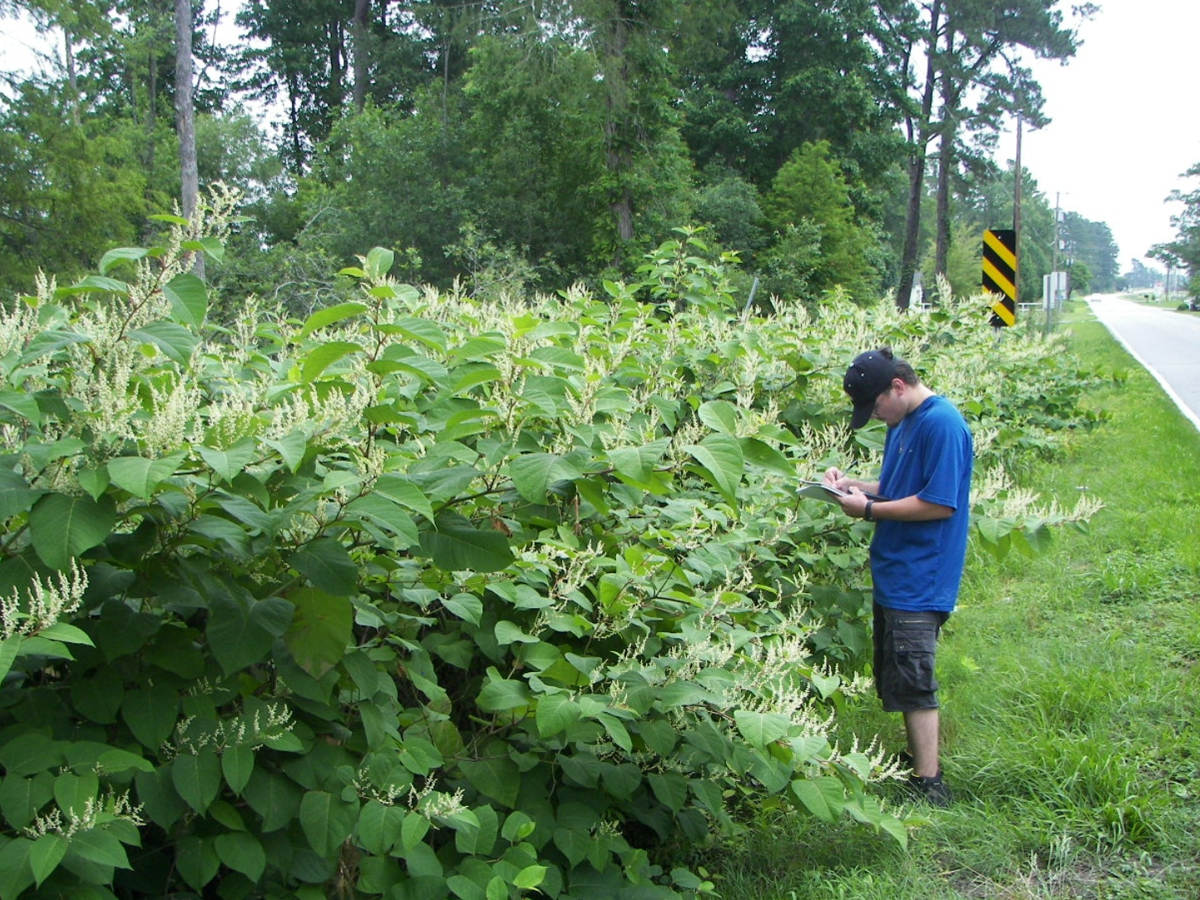
So, a group of researchers at the University of Minnesota suggest relying instead on the weather. With funding from the Minnesota Invasive Terrestrial Pests and Plants Center, a team led by Rebecca Montgomery, PhD, recently conducted a study where they established a method for using recent weather patterns to better time plant management tactics. Montgomery is a professor in the Department of Forest Resources in the College of Food, Agricultural and Natural Resource Sciences.
Two trouble-makers: Japanese knotweed and wild parsnip
Japanese knotweed (Polygonum cuspidatum, also known as Reynoutria japonica or Fallopia japonica) has become a problematic species in the US. It quickly spreads in riverbanks, roadsides, and vacant lots, forming dense thickets that harm native vegetation and ecosystems. Control is challenging due to its ability to regenerate from small stem and root fragments. Management measures include mechanical removal, herbicides, and biological control.
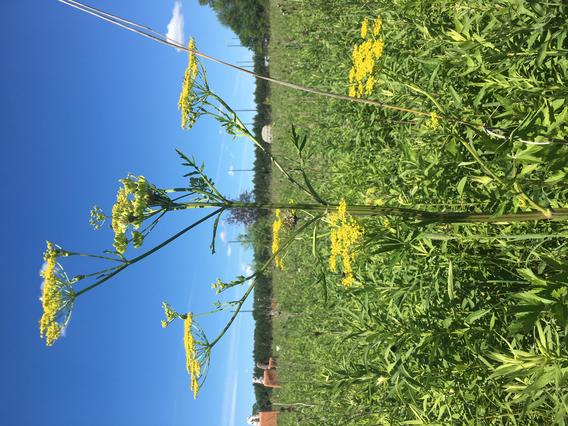
Wild parsnip (Pastinaca sativa) is an invasive species in North America and Europe. It grows in roadsides, fields, and meadows. It can reach up to 5 feet tall and has yellow flowers and celery-like leaves. Its sap causes severe skin and eye irritation. Control methods like mowing and herbicides are required for long-term management.
Montgomery says this study focused on these plant species for two reasons. “First, they were on the MITPPC priority list, and second, they were the top choices of our agency partners.” The team collaborated closely with the Minnesota Department of Agriculture, the Minnesota Department of Natural Resources, and the Minnesota Department of Transportation, all of which oversee the management of these plants. “We asked which species would be the most useful for them, and these were the two that arose as priorities.”
Once the team had zeroed in on Japanese knotweed and wild parsnip, they created and nurtured a robust community science network called Pesky Plant Trackers to collect data. The research team and volunteers collected data from 5 University field plots across Minnesota. Overall, they trained 96 volunteers, 80 of whom contributed data on 255 plants (180 planted) or patches of plants located at 64 sites.
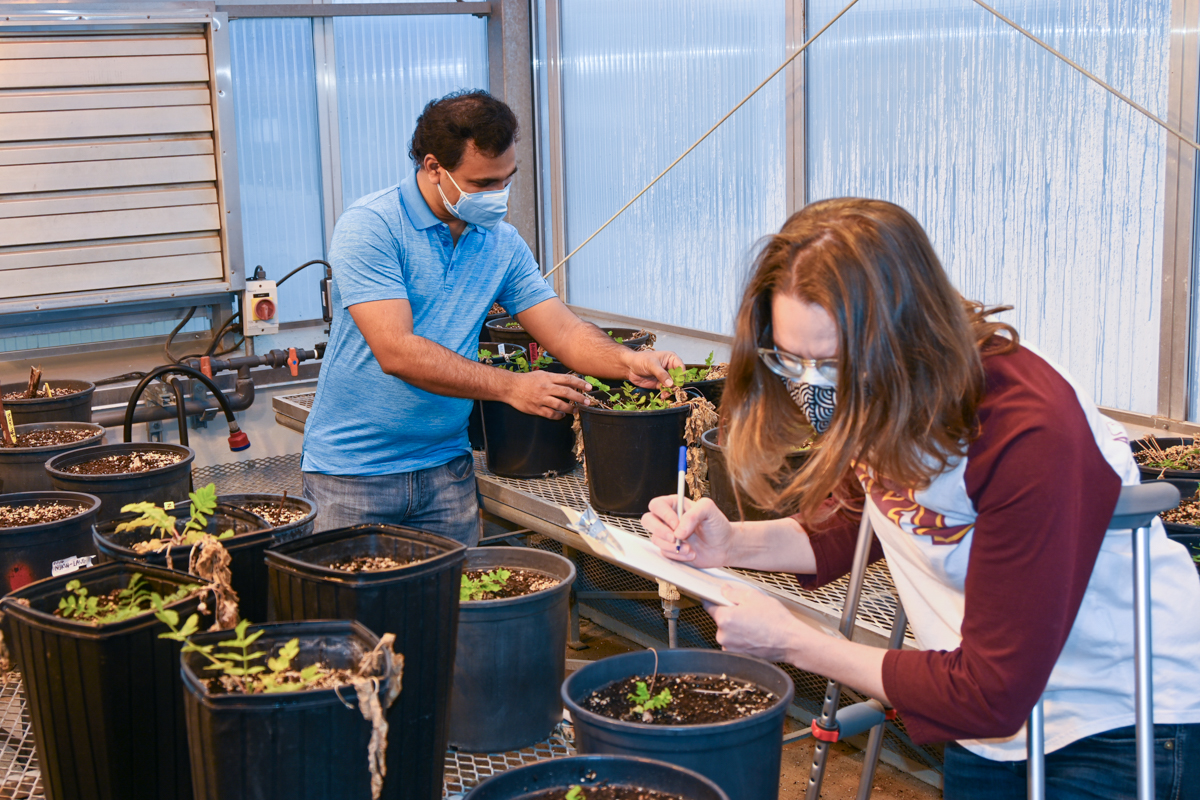
According to Montgomery, participatory science allowed the team to gather more information from various locations over longer periods. The team used Nature’s Notebook, a national platform run by the USA-National Phenology Network. The platform provides standardized protocols and an app for data entry in the field that supports the collection of high-quality data by volunteers. Additionally, Montgomery highlights the value of volunteers' real-time observations and online meetings for shared learning. These aspects fostered greater awareness about plants, climate change, and science.
Phenological precision
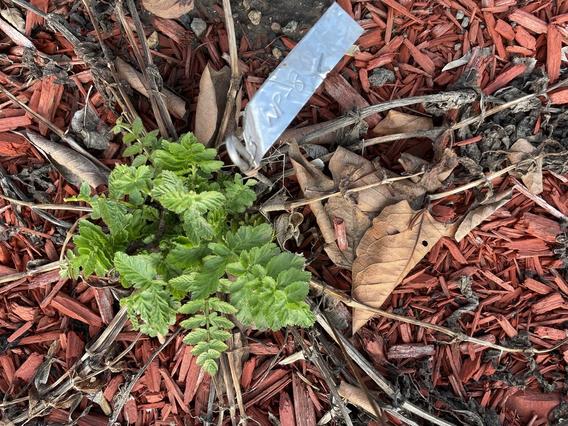
“Phenology is seasonal timing of plant and animal life cycles,” says Montgomery. “For plants, that cycle is often triggered by the environment—specifically, things like warm weather or even cold weather, and the lengthening and shortening of days.” Temperature and daylight duration serve as primary signals to plants, indicating whether it's time to initiate growth for the season in a seasonal climate or prepare for winter dormancy.
Montgomery’s team used a “growing degree model” that uses something called “growing degree-days.” Montgomery says growing degree-days are calculated using daily average temperatures. Finding them involves choosing a starting day, such as January 1, and finding the average temperature on that day. Then, the researchers subtract 32°F from that average since plants won’t grow in freezing temperatures. “If it's above the threshold, say 40°F, they accumulate 8 growing degrees on that day,” Montgomery says. This continues daily, accumulating warmth above the threshold. “For instance, at 62°F, they accumulate 30 growing degree days.” This approach can help align management activities with the specific environmental conditions of each year.

The scientists developed predictive models to determine the number of growing degree-days needed for specific plant milestones, like when 50% of parsnips flower or when Japanese knotweed emerges from the ground. “We created models others can use to monitor and set their management scheduling around. This approach could be used on any plant for which management or decision-making is linked to life stages.”
Model available on USPest website
Now, land managers can use the phenological data for Japanese knotweed and wild parsnip on the USPest website. The website offers a tool called a phenology model or degree-day calculator, which calculates growing degree-days for specific dates and locations. You can drop a pin on a map, select the desired plant model, and input a few parameters to receive predictions on flowering or fruiting times based on past weather data or the current year's conditions in their area. A guide for the USPest model is available as well as more information about using phenology for Japanese knotweed management and wild parsnip management.
"Timing treatments to the right stage of plant development is important for those treatments to be successful," says Sascha Lodge, Terrestrial Invasive Species Coordinator for the Minnesota Department of Natural Resources. "Tools like these can help managers know how weather in a given year might speed up or slow down plant development and help staff adjust spraying or mowing schedules to target plants at the right time."
Montgomery says this kind of modeling could also apply to other phenological research pursuits, such as strategizing buckthorn removal before fruiting, ensuring food reserves for pollinators through plant-pollinator interaction studies, and predicting shifts in phenology due to climate change to mitigate disruptions in ecological relationships.
“With these models,” she says, “we can use real-time temperature data to accurately predict when plants will begin growing, allowing us to schedule plant removal at the optimal time. By using weather data for each specific year, we can improve timing and avoid missing or being too early or too late for important events."
Fine-tuning for the future
In addition to cues from the temperature, plants also respond to how long daylight lasts throughout the year. The research team views this as an opportunity for future research. “It’s hard to manipulate day length,” Montgomery says. “Usually, that would happen in a growth chamber, and we did not have the facilities or capacity to ask those types of questions, so we focused on temperature.”
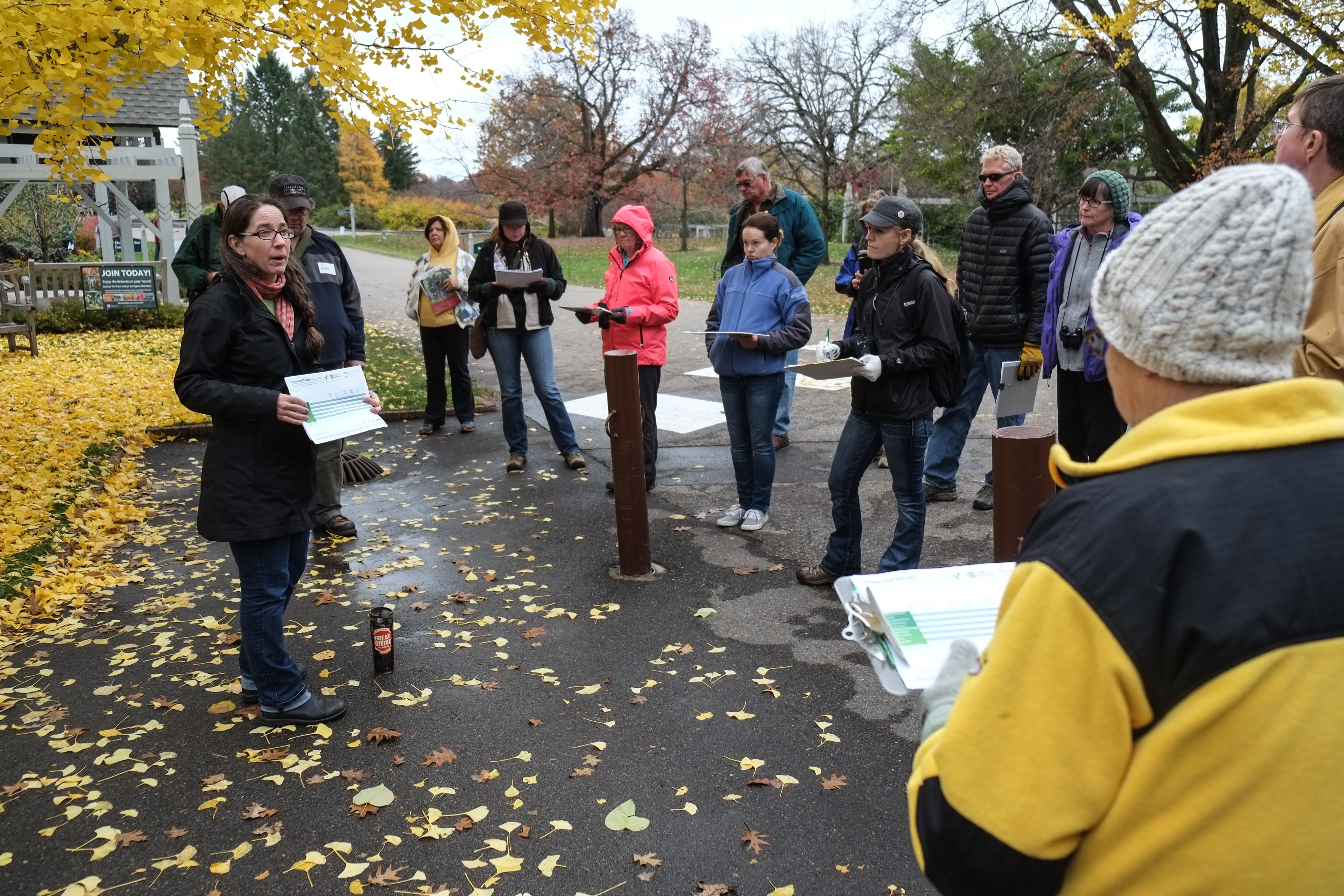
Montgomery also acknowledges uncertainty regarding whether the models developed for these two invasives, primarily based on community science data from metropolitan areas, apply to plants in different regions, like Northern Minnesota. Questions arise, she says, about potential genetic variations, adaptations to local climates, and differences in responsiveness to environmental cues. To address this, she suggests future research could sample across various regions and populations to create more robust models and conduct further testing to evaluate the predictive accuracy of the models in real-world conditions. “We created the model with a subset of our data and predicted the other subset,” she says, “but the more we can test the model, the more confident we are in it and how well it does out in nature.”
The project resulted in a helpful, accessible tool for land managers on USPest. Montgomery says, “Anybody can use it. It’s a free website and pretty easy to use.”
Montgomery is currently collaborating with another research team on a long-term project called Cover It Up. They're studying new buckthorn control methods, particularly the effectiveness of repeated cutting. They are exploring whether cutting multiple times during the summer is more effective than cutting once every spring for three years. “It’s a different project,” she says, “but we're continuing to think about the lifecycle of these plants in terms of how we manage and the effectiveness of our management.”
The Minnesota Invasive Terrestrial Plants and Pests Center is supported by the Environment and Natural Resources Trust Fund as recommended by the Legislative-Citizen Commission for Minnesota Resources.
Stay connected by signing up for the MITPPC newsletter. Follow us on LinkedIn and Facebook.
More information
- Improve invasive plant management using climate based phenology models, research project
- USPest website - Japanese knotweed degree-day model
- USPest website - wild parsnip degree-day model
- Pesky Plant Trackers
- Knotweed information, MN Department of Natural Resources
- Wild parsnip information, MN Department of Natural Resources